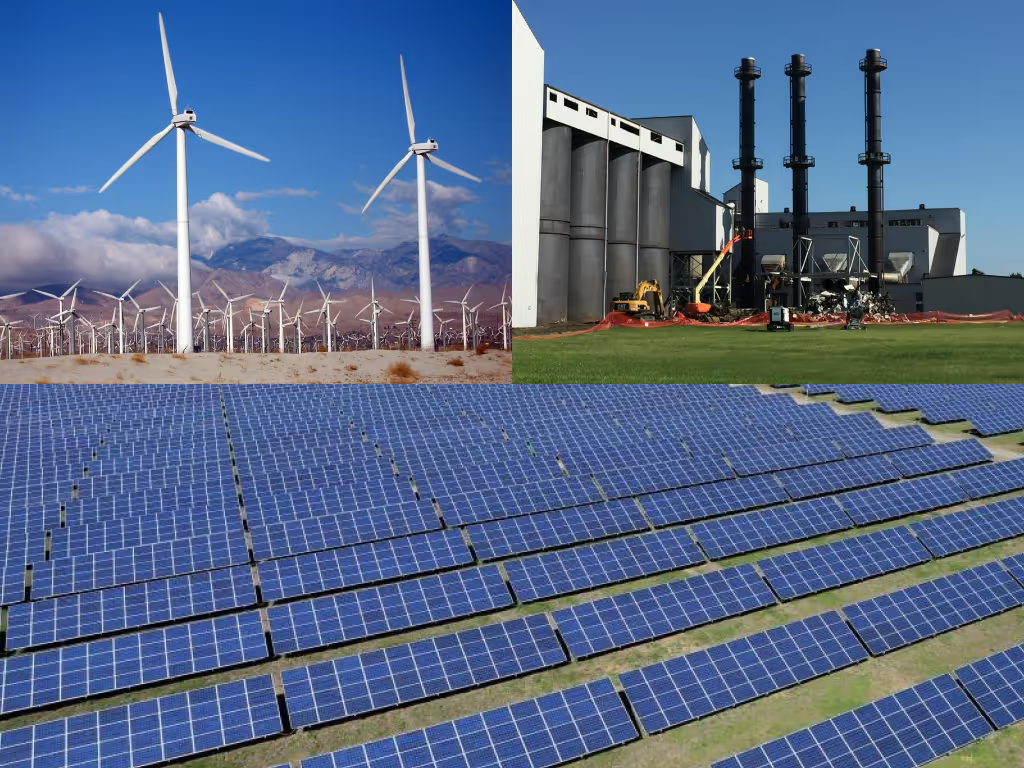Use Cases
Optimize Grid Capacity and Increase Resilience with Grid-Enhancing Technology

Addressing Rapid load growth
Power demand is forecast to increase at 6x the pace of the past 20 years due to factors like AI and data center proliferation, advanced manufacturing, and electrification. This requires technology to quickly increase grid capacity or risk leaving economic opportunity on the table. Hyperscalers like Meta and Microsoft are already looking for alternative arrangements and technologies to ensure that they can support power-hungry data centers.
LineVision's LineRate DLR solution can be integrated and operationalized in as little as 3 months vs. transmission projects that typically span 5-10 years. This solution has the proven ability to add up to 40% transmission capacity within just a few weeks of implementation. Read more about our project with AES, which has added an average of 43% capacity.
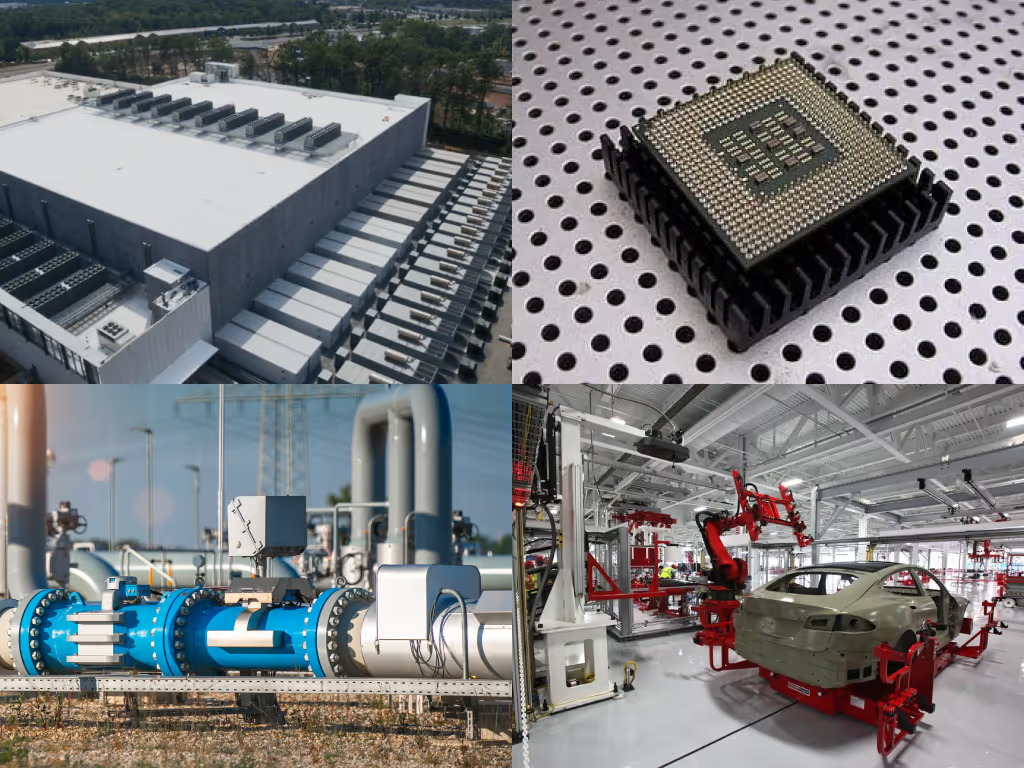
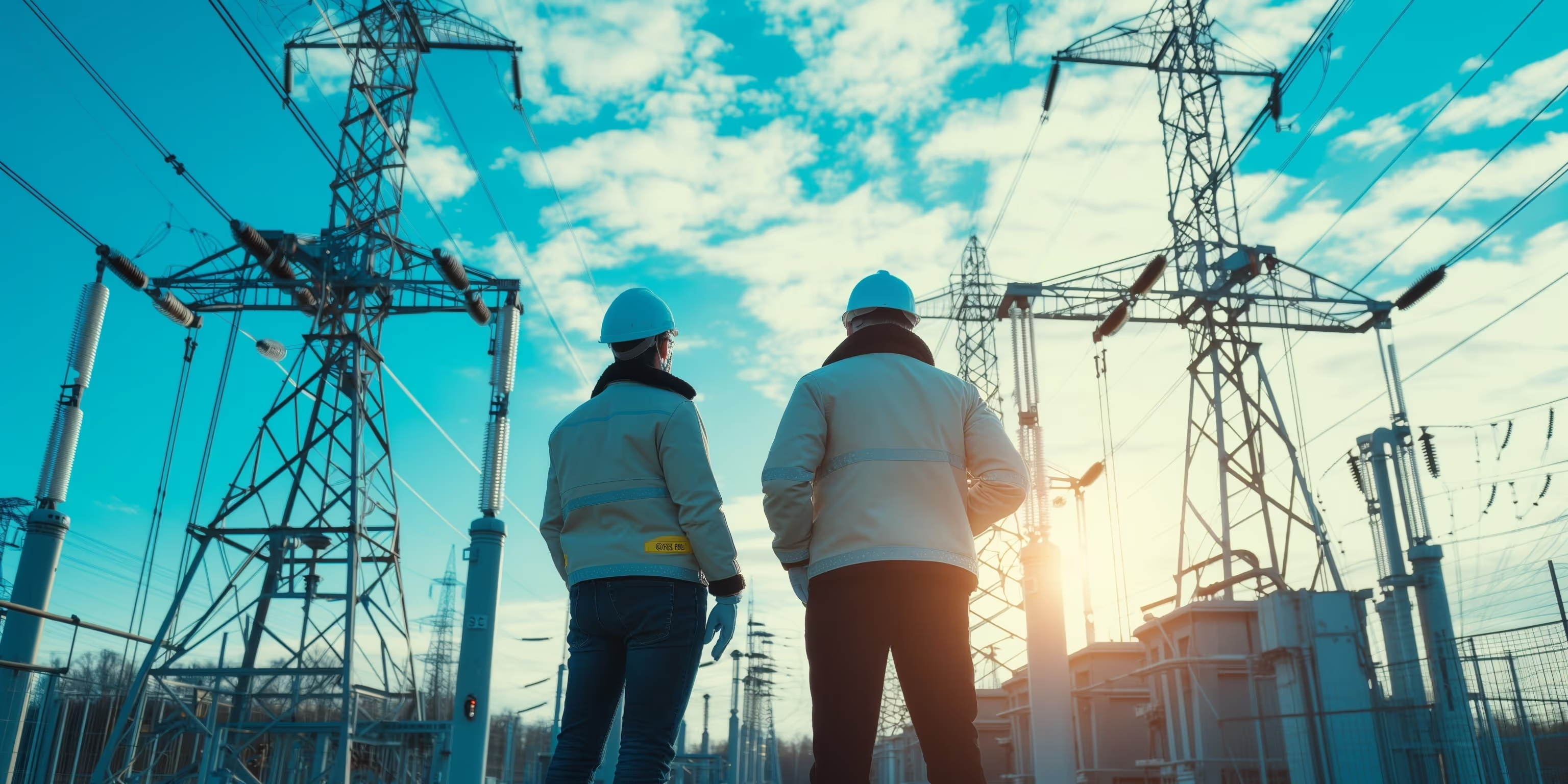
Affordability for utilities
Dynamic Line Rating (DLR) enables more load to come online quickly and efficiently, supporting rate affordability by providing utilities with near-term transmission capacity increases. DLR deployment complements the buildout of new transmission, allowing for the optimization of existing assets while enabling long-term transmission investment where needed and over a longer time horizon
This combination of DLR and traditional infrastructure investment enables utilities to demonstrate to regulators that they are making cost-effective decisions for ratepayers today, which strengthens the case for future investments. The additional capacity gained from existing infrastructure is critical in helping utilities quickly serve new loads, driving local economic growth and job creation.
Affordability for customers
By providing flexiblity with the timelines and scale of major capital projects, DLR helps limit rate increases. It also enables access to the lowest-cost energy sources, lowering wholesale prices. At the same time, improved grid flexibility and reliability reduce the risks and costs of outages or emergency operations.
LineVision's LineRate DLR solution provides an average of up to 40% more capacity on existing lines at about 5-7% the cost of reconductoring and a fraction of the cost of building new transmission.

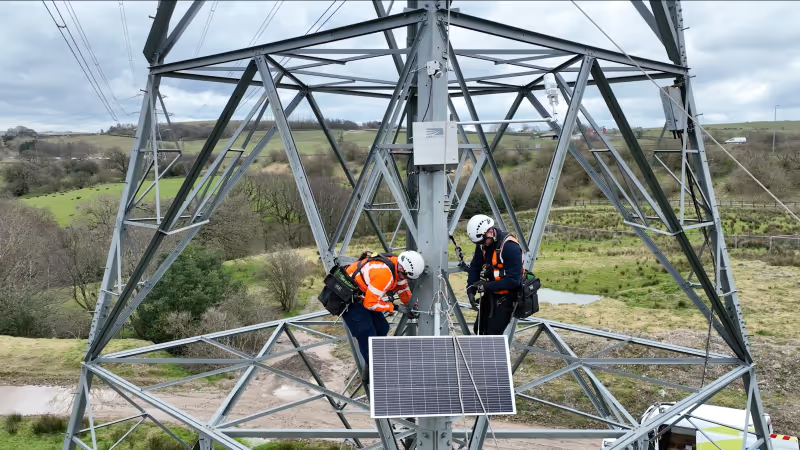
reducing the expense and risk of congestion
Congestion can be likened to a "traffic jam" on the grid. It occurs when the grid's capacity fails to meet electricity demand, leading to bottlenecks that can cause a decrease in efficiency and reliability along with the curtailment of more affordable energy sources, increased costs, and damage to grid infrastructure.
LineVision's LineRate DLR solution can contribute to reduced congestion by identifying unused capacity that can reduce curtailment and its associated costs. A recent implementation with National Grid UK is projected to save consumers $26 million annually.
De-risking and optimizing grid buildout
Deploying DLR can help de-risk traditional transmission upgrades or projects before, during, and after construction. Before projects are developed, DLR can alleviate congestion and help with the integration of load or new generation. During construction, DLR can reduce the impacts of outages or help avoid them entirely. After construction, DLR can optimize the utilization of new lines and mitigate unanticipated consequences such as unintended congestion of underlying lower voltage lines.
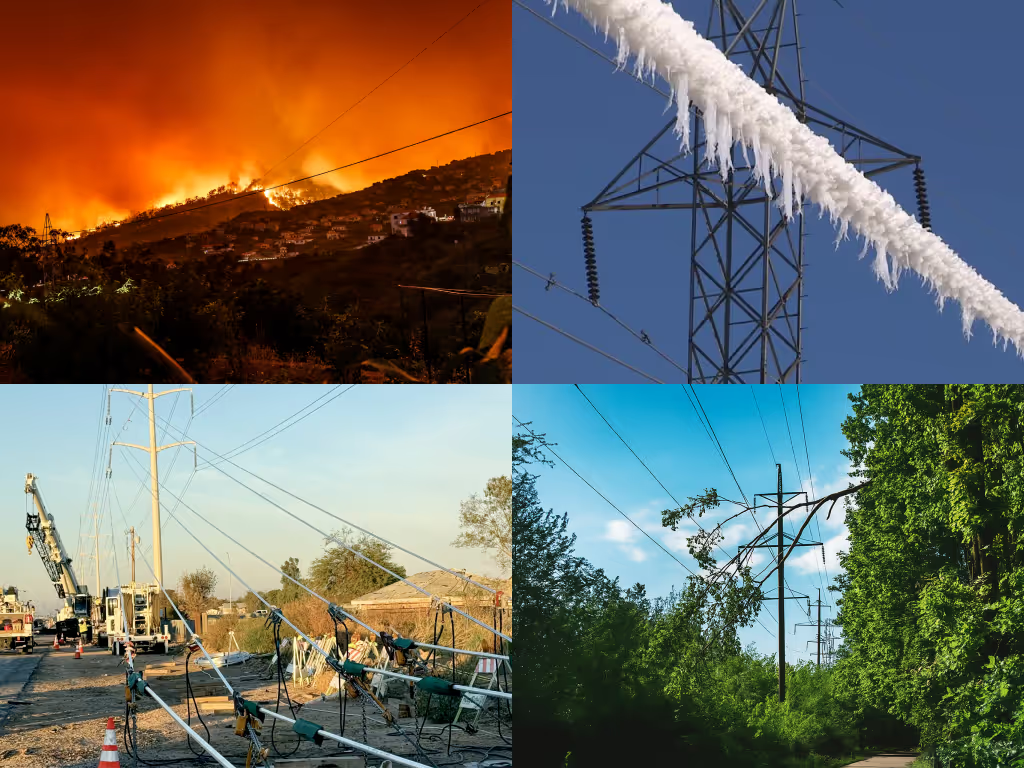
increasing grid resilience amid climate volatility
Increasingly volatile storms and extreme weather are causing outages and public safety risks, including those from wildfires. Storm response and N-1 contingencies require detailed visibility of transmission elements, but less than 1% are monitored with sensors beyond the substation.
LineVision’s LineAware solution offers continuous monitoring and predictive analytics to mitigate risks, build contingencies, and prioritize maintenance. Increase situational awareness around wildfire risk, conductor behavior, and icing with hyper-local wind forecasts, non-contact sensors, and best-in-class modeling.
interconnecting generation
With thousands of renewable energy projects stalled in interconnection queues due to transmission capacity constraints, developers often must wait years to connect to the grid. Dynamic line rating can help optimize and speed up this process by providing actual capacity and performance data that allows utilities to safely and reliably increase line ratings, thereby identifying additional headroom and allowing more generation to be quickly connected.
